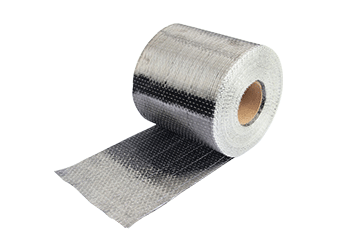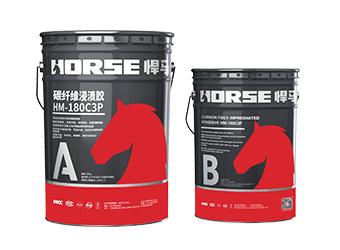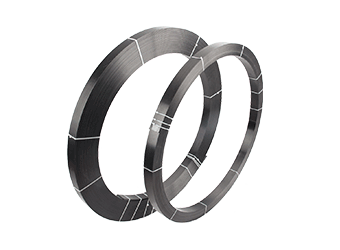Soluciones
La gama de negocios de construcción de caballos se extiende a todo el mundo y sirve a miles de clientes con productos, orientación técnica especializada en construcción, y somos testigos del reinicio de la marca china con ellos.
Through the analysis of the fire-resistant properties of various parts, it is found that the original reinforced concrete part and carbon fiber fabric have good fire resistance, while the refractory performance of the adhesive is poor.
Fire has caused great losses to human life and property. In various types of fires, building fires occur most frequently and cause the greatest loss. Because of the impact of fire, the bearing capacity of building structures can not meet the normal requirements. Generally, maintenance and reinforcement methods are adopted to improve the bearing capacity.
Fire resistance analysis of reinforced concrete members strengthened with carbon fiber reinforced polymer(CFRP)
The reinforced concrete member of CFRP is composed of three parts, the original reinforced concrete part, the carbon fiber material and the adhesive. Only three parts of the material can work together. The reinforcement members can reach the standard of fire resistance and bearing capacity. Because of the different fire-resistant properties of the three parts, when a part of the reinforcement is in fire, some part of the material is damaged first because of the poor fire resistance, which will cause the reinforcement members to lose the common function and the bearing capacity is greatly reduced, which eventually leads to the damage or destruction of the whole building structure.
The fire resistance of reinforced concrete members
The code for fire prevention of architectural design (GB 50016-2006) gives the combustion performance and fire resistance limit of different sizes of building components. The data shows that the reinforced concrete members have good fire resistance, and the fire resistance of the general reinforced concrete members is above 1 h. Therefore, as long as the size design of reinforced concrete members is reasonable, the fire resistance of the reinforced concrete members can meet or even exceed the requirements of fire prevention codes.
The fire resistance of carbon fiber fabric
As a non combustible high temperature resistant material, carbon fiber has good fire resistance. The strength of carbon fiber is not easy to be affected by temperature. At 600 C, there is almost no strength loss. At 1000, the tensile strength only decreases slightly, indicating that the refractory temperature of carbon fiber can reach more than 1000 degrees C.
The fire resistance of the adhesive.
Adhesive can be divided into two types: inorganic adhesive and organic adhesive according to chemical composition. Inorganic adhesive can withstand high temperature and can withstand temperatures of about 1000 degrees Celsius or higher. Organic adhesives are widely used in building structure reinforcement engineering. However, the refractory temperature of epoxy resin, unsaturated polyester or vinyl fat used for adhesive fibers is low, generally not more than 260 C. Some modified epoxy adhesives, such as F series epoxy resin curing agent, are specially modified FB phenolic resin. Resin can only make the general epoxy resin withstand 300~400 degree temperature.
Through the analysis of the fire-resistant properties of various parts, it is found that the original reinforced concrete part and carbon fiber fabric have good fire resistance, while the refractory performance of the adhesive is poor. Therefore, the fireproof design of CFRP reinforced concrete members should not be determined only according to the strength of the original reinforced concrete part and carbon fiber strength, but the bond failure caused by the softening of the adhesive at high temperature should be considered.
Puede encontrar cualquier cosa que necesite, confíe en probar estos productos y encontrará la gran diferencia después de eso.

Tejido de fibra de carbono unidireccional de alta resistencia para refuerzo de compuesto de polímero reforzado con fibra (FRP).

Impregnación y pasta de componentes reforzados de superficie y productos de fibra.

Lámina de fibra de carbono pultruída para reforzamiento de estructuras